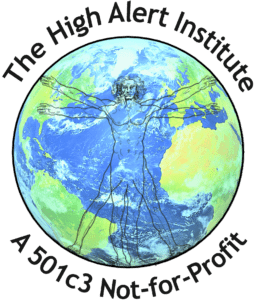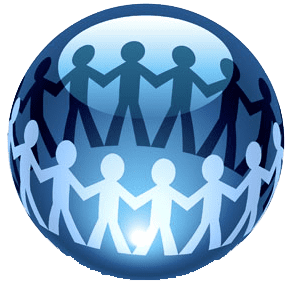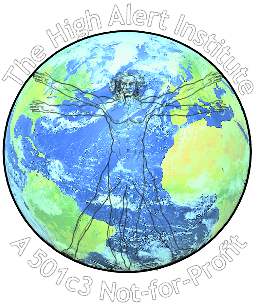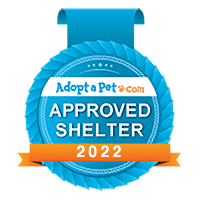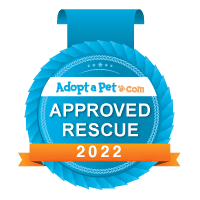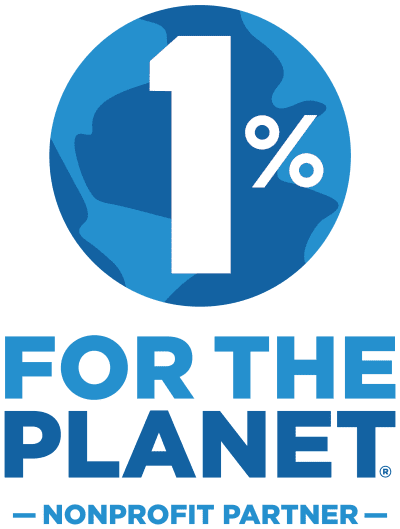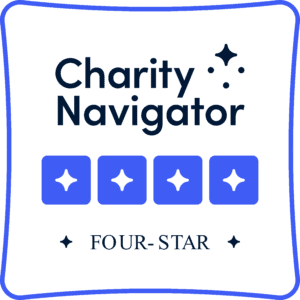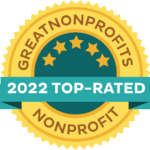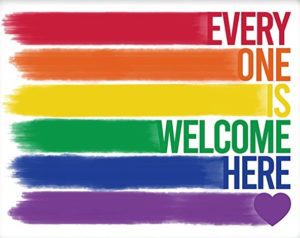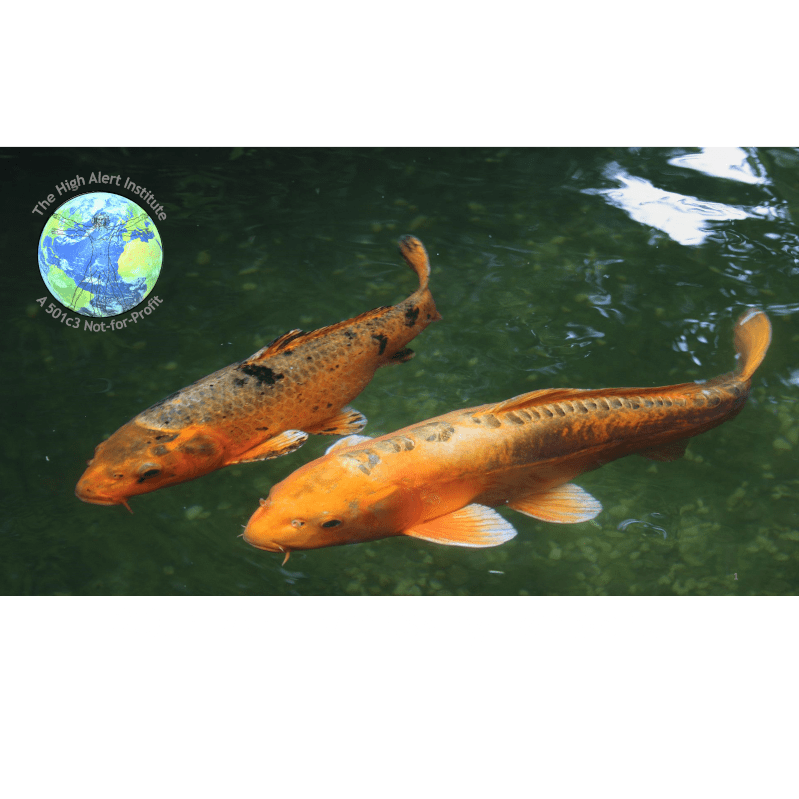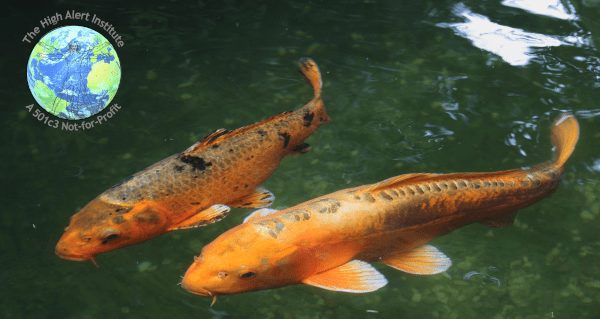Father Robert Mitchell, a noted Catholic priest and philosopher, once wrote of the difference between “like” and “love.” Father Mitchell believes that “like” is an uncontrollable emotion, a reflexive response to our experience of another individual and the way we interact with them. According to Father Mitchell “liking” somebody or “disliking” them is as uncontrollable as the color of our eyes or the color of our hair.
“Love” on the other hand in Father Mitchell’s world is a choice, an active decision based on the type of relationship we choose to have with another individual. Father Mitchell states that while we may respect some individuals very often we will neither like nor love them. Similarly Father Mitchell believes that there are many people who we like intrinsically. Our experience of them and our interactions with them lead us to the inevitable response of genuinely liking these people, yet we choice not to love them. As Father Mitchell states it is nice if we like them as well but we can choose to love somebody, in other words care for them as an individual and more importantly care what happens to them, even without respecting or liking them as a person.
It is this final paradox, loving without liking, that Father Mitchell believes is the reason love is the ultimate “energizing” emotion. It is energizing because love is an active choice decision that we make to not only extend a relationship to someone else but to take control of ourselves and our lives. For Father Mitchell to love is the ultimate empowerment.
Another Catholic priest and philosopher, Father Dan Schulte, offered a functional definition of love:
“Love is a unifying response between two people who care for and have said ‘Yes’ to each others total being. It implies mutual respect, freedom and trust, and seeks the happiness and fulfillment of each other as a common goal.”
For love to be the basic building block of resilience it must not only be a choice as Father Mitchell has stated but it must also fulfill all of the basic tenants of Father Schulte’s definition.
“Love is a unifying response …”
In this phrase Father Schulte has encapsulates the most basic essence of the choice to love as well as its greatest hurdle. Love is a unifying response binding the person making the love decision to the person who is the recipient of that gift. It unites these two individuals creating something that is greater than the sum of its two parts.
“… who care for and have said ‘Yes’ to each other’s total being.”
Father Schulte echoes Father Mitchell’s sentiment that love here is a choice, a choice to accept ones partner in a relationship exactly as they are. No conditions, no qualifications, no equivocation.
It has been said that “no one self can see ones self through the eyes of another.” If this is true then Father Schulte’s definition holds that much more power as a building block of resilience. When we love another and enter into that “unifying” relationship we not only see ourselves as we are but find acceptance of ourselves as we are, not the way we wish we could be. It is through this acceptance that we can come first to respect ourselves then to like ourselves and finally we can make the active choice to love ourselves in the same way that we love others.
“It implies mutual respect, freedom and trust …”
Father Schulte emphasizes that the choice to love grows from the roots of respect. To love ourselves we must first respect ourselves. It is from this self-respect that Father Mitchell’s emotional response to like ourselves springs. Similarly, since if we are to love another person we must first respect them. That respect grows from absolute and unconditional acceptance. Once respect is manifest it demonstrates itself through trust. Trust like love is an active decision. Paraphrasing Father Mitchell, “we do not choose to like, that is an uncontrollable emotional response. But we do choose to trust (love).”
“… and seek the happiness and fulfillment of each other as a common goal.”
Finally, Father Schulte reminds us that the choice to love is an active ongoing and demonstrative choice. We manifest this choice to love through the goals that we have for the relationship. If our goals for the relationship are completely focused upon ourselves then the relationship may represent respect and even like but it is clearly not love. It does not contribute to our resilience.
If, on the other hand, our goal of the relationship is strictly to please another person and does not include ourselves actively within the relationship then again it may represent respect and even like but it is not love. It does not contribute to our resilience.
For a relationship to actively demonstrate love it must balance our own self-interests with our desire to be selfless. If love is unifying response and therefore the love relationship becomes a true individual a sum of the two people who choose to share the relationship the contribution of love as a basic building block of resilience is that by choosing to create this love relationship we choose to create a reservoir of resilience for two.
The four forms of resilience are all based on this simple emotion, love. Whether it is our physical resilience, our emotional resilience, our relationship resilience, or our spiritual resilience each requires that we make the active decision to love in order to build that resilience; to fill that canteen. Similarly, we thus fill our 40,000-gallon bathtub of resilience with this basic element of resilience, love.
Griffin Works offers Pawsitive Interactions with Service Dogs During Response Operations©, an audience-customized training that breaks down barriers by offering hands-on handling training and demonstrations with working service dogs for fire departments, EMS agencies, and public safety organizations.
Part of the National Domestic Preparedness Consortium and home to the National Emergency Response and Recovery Training Center, TEEX has been leading homeland security training since 1998. The major TEEX programs include fire and rescue, infrastructure and safety, law enforcement, economic and workforce development, and homeland security. As a member of The Texas A&M University System, TEEX is unique in its ability to access a broad range of emerging research and technical expertise. Beginning with course design and development all the way through hands-on instruction and national certification testing, TEEX delivers comprehensive training through both classroom and hands-on instruction and as online courses.
The National Child Traumatic Stress Network (NCTSN) was created by Congress in 2000 as part of the Children’s Health Act to raise the standard of care and increase access to services for children and families who experience or witness traumatic events. This unique network of child-serving professionals, caregivers and young adults, researchers, and national partners is committed to changing the course of children’s lives by improving their care and moving scientific gains quickly into practice across the U.S. The NCTSN is administered by the Substance Abuse and Mental Health Services Administration (SAMHSA) and coordinated by the UCLA-Duke University National Center for Child Traumatic Stress (NCCTS).
The Emergency Management Institute (EMI) is part of the Department of Homeland Security’s Federal Emergency Management Agency (FEMA). The EMI provides national leadership in developing and delivering training to ensure that individuals and groups having key emergency management responsibilities possess the requisite skills to effectively perform their jobs.
The High Alert Institute maintains a list of reviewed courses provided by governments, universities and professional organizations. This list is geared towards the non-emergency management person who participates in disaster planning, preparedness, response, recovery or mitigation as part of their job responsibilities.
The High Alert Institute has partnered with Shutterstock to distribute stock images from the nature images donated by our supporters. For eligible stock images, Shutterstock will donate a portion of the royalty to the High Alert Institute. There is no cost to charitable organizations or to Shutterstock customers.
For eligible purchases through AmazonSmile, the AmazonSmile Foundation will donate 0.5% of the purchase price to the High Alert Institute. There is no cost to charitable organizations or to AmazonSmile customers. All you need to do is push the SMILE NOW button and select to support THE HIGH ALERT INSTITUTE on AmazonSmile.
Koi need forever homes, too! For pond enthusiasts, freshwater exotic and ornamental fish may not be available through pet stores or rescues in their area. The High Alert Institute Aquatic Pet Shelter Rehoming Program will be happy to assist you in stocking your new pond or adding a new finned friend to your school. Coming soon – when you adopt a Koi from the High Alert Institute Aquatic Pet Shelter Rehoming Program, we can arrange for delivery to your door anywhere in the continental United States.
Have you always wanted a Koi pond but don’t have the space one? Sponsor a Koi in our community shelter pond and we send you photos of your sponsored animal. Coming soon are live Koi Cameras above and below the water to enjoy your sponsored Koi anytime.
Dumping of freshwater non-native species and exotic aquatic pets into wild habitats is a man-made disaster that is truly preventable. The Institute’s Aquatic Pet Welfare Partnership works to raise awareness and reduce the impact on healthy ecosystems through education, as well as rescue and rehoming. Joined by champions of animal welfare and environmental stewardship, this association of aquatic pet rescue operations and aquatic pet shelters across the United States aims to save our finned friends and preserve our waterways together.
Want to share our cause with family, friends, and colleagues? Looking for a non-traditional way to celebrate a birthday or honor someone special? Support the Institute by starting your own Peer-to-Peer fundraising challenge! Let your contacts know why our mission is important to you and what they can do to support your cause. START YOUR OWN FUNDRAISER for the High Alert Institute.
From the staffing pool to the shelter ponds, from the boardroom to the classroom, and from reading the science to writing the analyses, High Alert Institute programs and services benefit from the experience, expertise, and generosity of our volunteers. Put your talents to use for good and to good use – VOLUNTEER TODAY.
Make your donation twice as nice by rehoming aquatic pets and providing a rehabilitation companion pet to a deserving person, family, or facility. Sponsor part or all of a Joy of Koi Program pond installation – complete with rehomed koi – and give the gifts of love and recovery.
Professional photographers, amateurs, and legal copywrite holders are all welcome to participate in the High Alert Institute Nature Photo Donation Program. Sales of the images benefit the Institute and donors are eligible for tax deductions equivalent to the fair market value of their photos. Landscapes, seascapes, animals, flowers – all may be accepted – whether new or vintage images. People may be included in the photo but only if unidentifiable (i.e., blurred figures at a distance).
Did you know that unused patents and copyrights can be donated to charity? Intellectual Property (IP) just sitting on a shelf will lose value as it becomes obsolete. The High Alert Institute IP Donation Program seeks to rescue stranded, technology-related IP with the potential for development into marketable products. Once accepted by the program, the owner/inventor is eligible for a tax deduction equivalent to the fair market value of the IP. The Institute receives the patent licensing fees or revenue from the sale of the IP to businesses, helping us to fund our mission. In turn, businesses are able to advance their markets and create jobs for less money than starting a project from scratch.
Disasters are defined as situations in which needs exceed or overwhelm available resources. Some disasters affect an entire community, while other disasters impact individuals and families. Crises of physical or psychological health can be very personal disasters.
The therapeutic value of pets during illness, trauma, and recovery is well established. And Koi fish may be well suited for people who are not able to provide verbal pet commands or physically care for pets like dogs and cats. Koi ponds are also a source of beauty and peace, providing an ideal setting for quiet reflection or meditation.
We are working to partner with pond installers and aquatic pet rescues/shelters to offer free or reduced-cost ponds with rehomed Koi fish to people seeking this type of pet therapy.
Disasters disrupt life and impact our sense of personal, family, and community safety. Survivors and responders alike often are not aware of the emotional, psychological or spiritual challenges that they may face from disaster onset through recovery. With two decades of experience training responders and communities to prepare for the behavioral health aspects of disasters, we will continue to provide education and a curated list of resources to groups or individuals.
Non-medical factors that impact overall health are termed Social Determinants of Health or SDoH. Noise pollution, poor air quality, and poor water quality are three environmental factors known to have a strong link to overall health. And the same environmental factors that impact humans impact their pets and other animals in their care. We continue to assist in advocacy, education, and technology development to mitigate the impact of SDoH on humans and animals alike.
Our efforts in shelter and rescue are the main focus of our environmental stewardship, reducing the environmental impact of non-native aquatic animals being dumped into public waterways. The High Alert Institute also assists innovators with the design, development, and evaluation of green and renewable energy technologies. Reducing the carbon footprint associated with disaster preparedness, response, and recovery furthers our continued mission to mitigate risk and improve resilience.
We partner with public and private organizations, sharing resources and fostering partnerships to improve disaster preparedness, response, and recovery, and mitigation.
The High Alert Institute team has over a century of combined research experience in medical, nursing, behavioral health, and disaster sciences. Our team provides support to researchers and technology developers through comprehensive literature searches and reviews, as well as failure mode database searches and adjudicated reviews.
When disaster strikes, most aquatic pet owners have limited options to secure the safety of their pets. Sheltering in place may not be possible if there is no power to provide aeration and “pet-friendly” shelters do not include ponds or aquariums. Our goal is to provide an option for aquatic pet owners in need of rescue and shelter for their finned friends.
Our goal is to share our two decades of disaster readiness experience with animal welfare organizations, shelters, caretakers, and pet owners, as they implement contingency plans for natural and manmade disasters.
